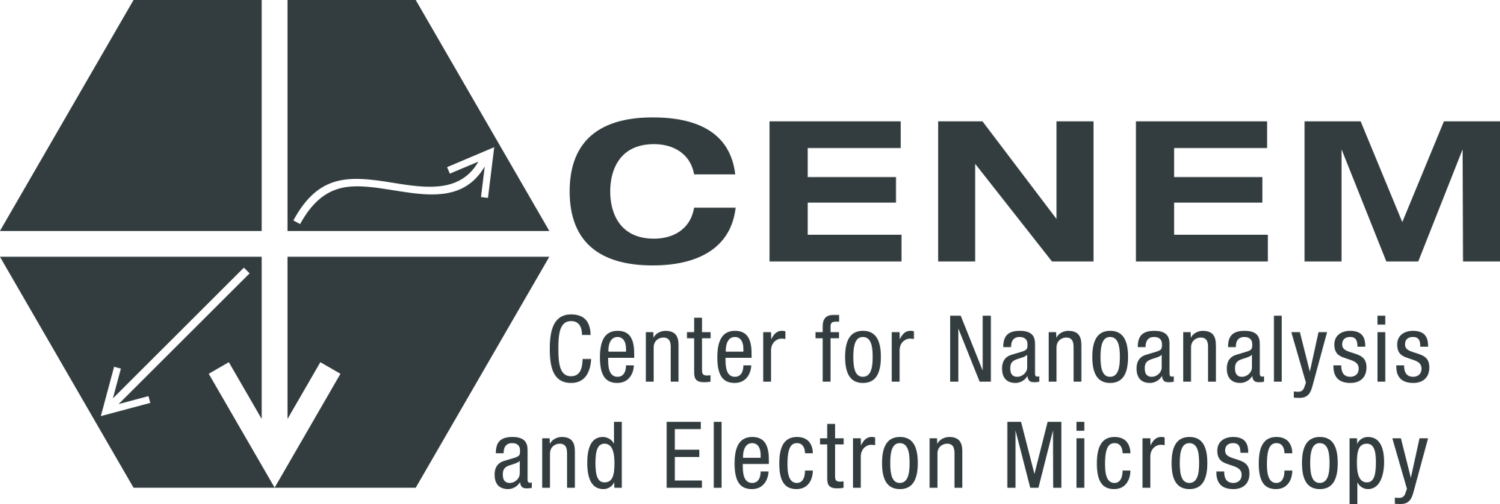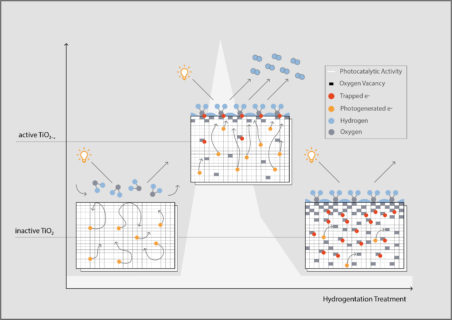Structural insight into hydrogenated TiO2, a sustainable and noble metal free approach for photocatalysis
Our CENEM & GRK work entitled “Hydrogenated Anatase TiO2 Single Crystals: Defects Formation and Structural Changes as Microscopic Origin for Co-Catalyst Free Photocatalytic H2 Evolution Activity” was just published in the Journal of Materials Chemistry A (DOI: 10.1039/D1TA04809K).
The photocatalytic activity trend of the anatase epilayers is similar to that of anatase powders and brookite single crystals, the hydrogen evolution rate exhibits a typical maximum upon hydrogenation under moderate annealing temperatures. In this work, we link the observed photocatalytic trend to the structural and chemical evolution as revealed by complementary state-of-the art scattering as well es electron mircroscopy techniques. With this apporach, we detect specific physicochemical changes associated with the introduction of oxygen vacancies such as (i) the transition towards a sub-stoichiometric TiO2-x film, (ii) the formation of a nanoscale strained crystal surface, (iii) the agglomeration of point defects in the bulk of the anatase epilayer, (iv) a transition towards a Ti2O3 like symmetry at the film surface, and (v) an oxygen deficiency at the epilayer surface in particular prominent for the most active sample as a function of the hydrogenation parameters. These findings allow us to propose a model, which links detrimental and beneficial effects of Ti3+ centers and oxygen vacancies in the bulk and at the surface and their abundance to an optimum point defect configuration for photocatalytic water splitting by “grey” anatase.

